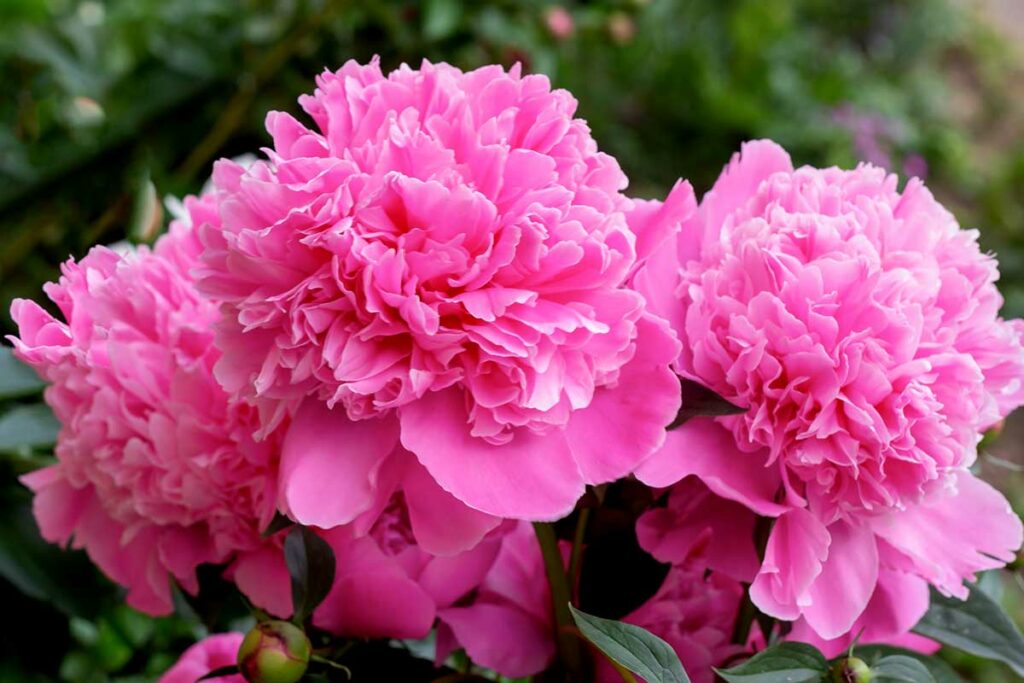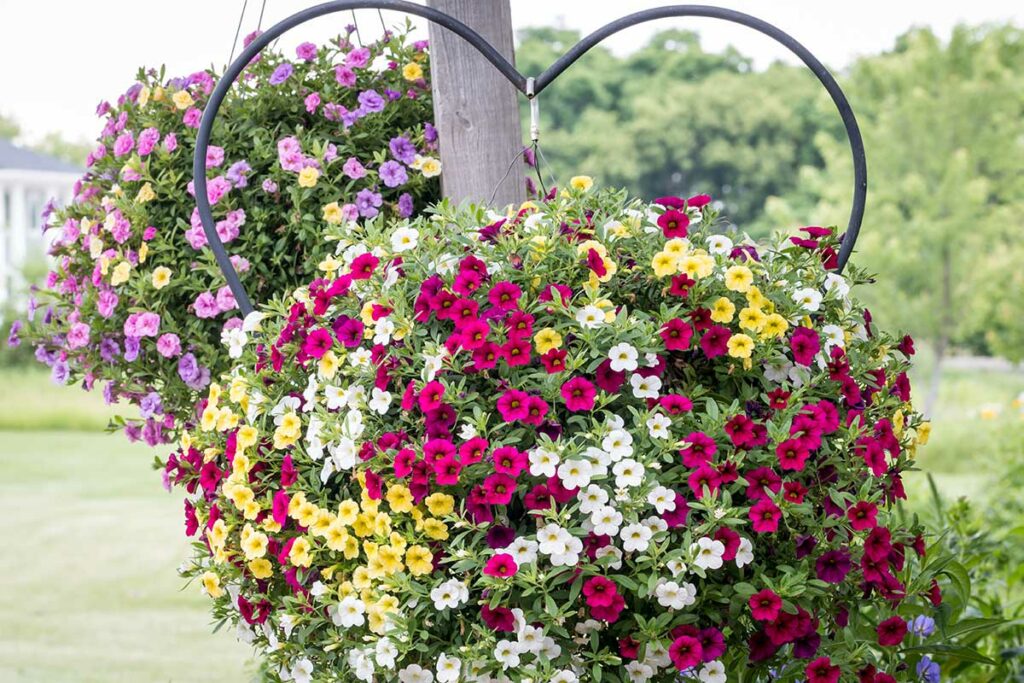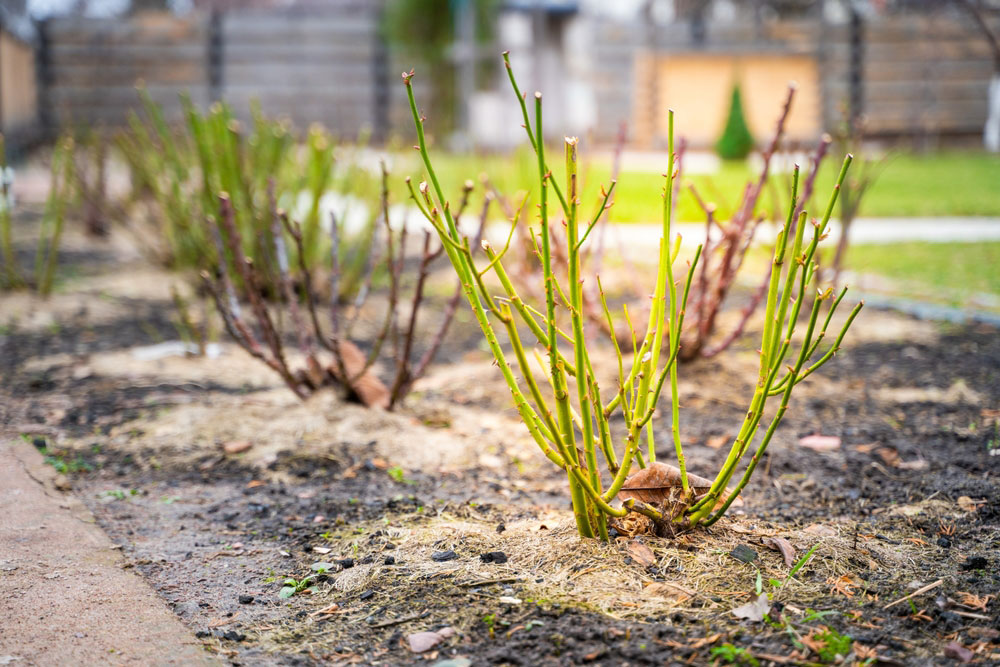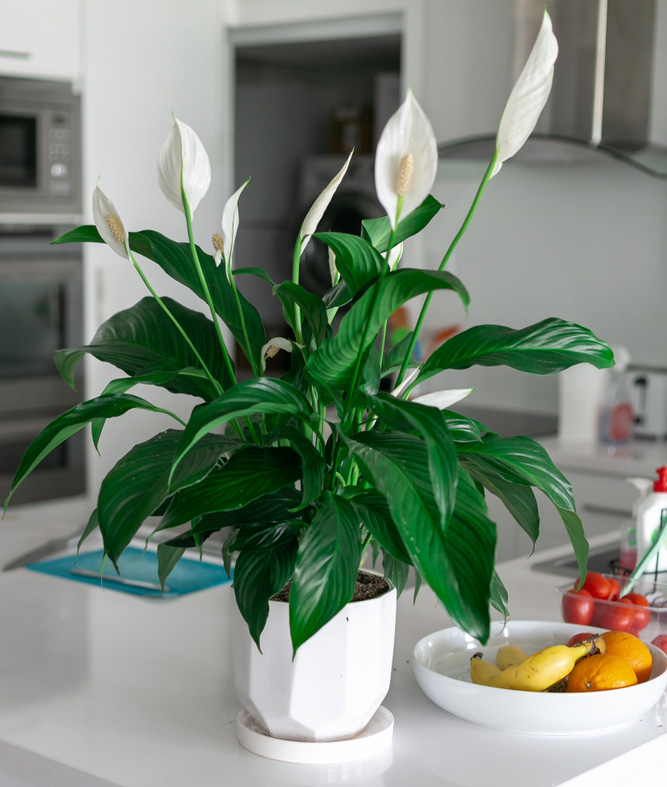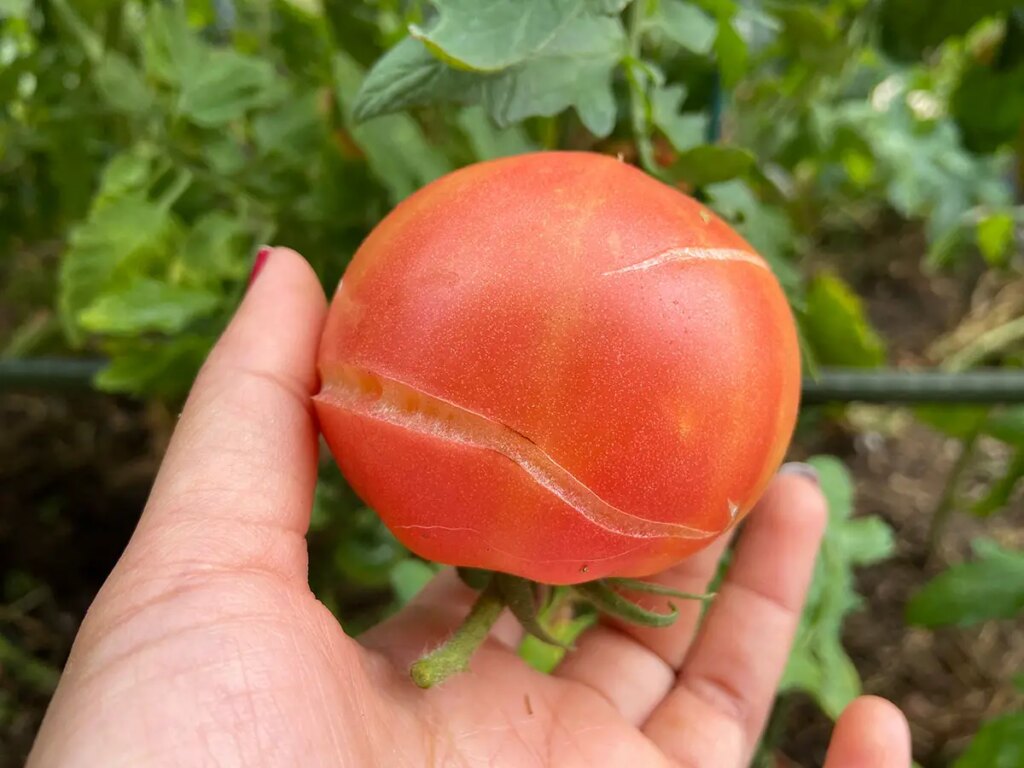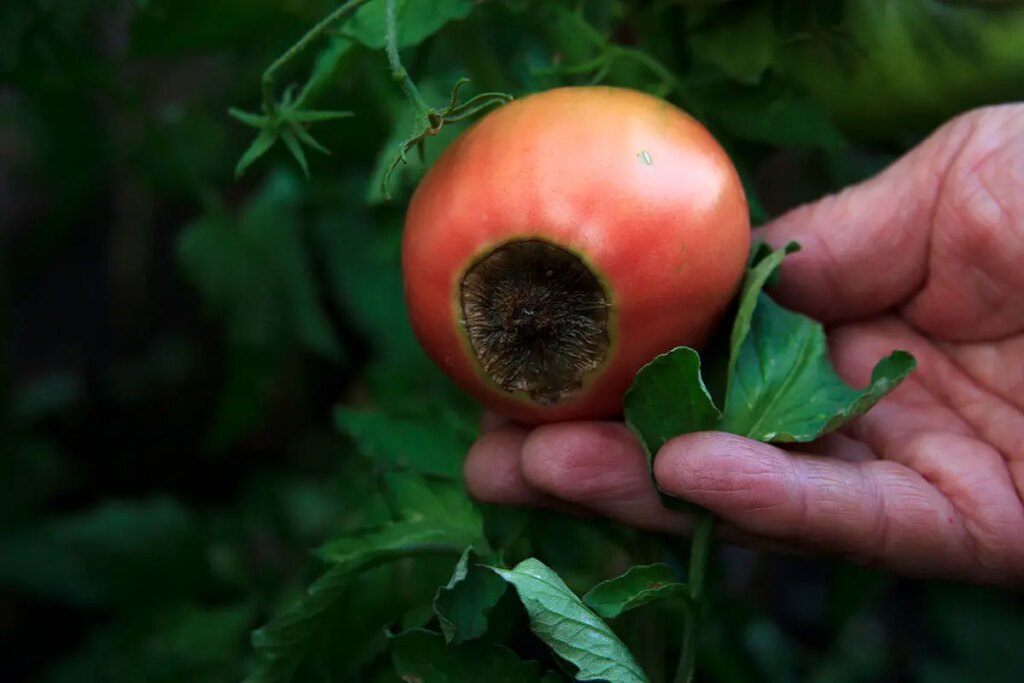
Are you tired of finding brown, sunken spots on the bottom of your tomatoes? This is a common problem known as blossom-end rot.
It can be frustrating to watch your hard work in the garden go to waste due to this issue. However, there are steps you can take to prevent blossom-end rot and ensure a healthy tomato harvest.
One of the main causes of blossom-end rot is a lack of calcium in the soil. When there isn’t enough calcium available to the plant, it can’t properly develop and strengthen the cell walls in the fruit.
This leads to the characteristic brown, sunken spots on the bottom of the tomato. But don’t worry, there are ways to increase the calcium in your soil and prevent this issue from occurring.
Understanding Blossom-End Rot
Blossom-end rot is a common problem that affects tomatoes, especially during the growing season. It is a physiological disorder that causes the bottom of the tomato fruit to turn black or brown, and it can be frustrating for gardeners who have put in a lot of effort to grow their tomatoes. Here are a few things you should know to understand blossom-end rot.
First, blossom-end rot is caused by a calcium deficiency in the fruit. Calcium is essential for cell growth and division, and when there is not enough calcium, the cells in the fruit break down, causing the bottom of the tomato to rot. This condition is more common in tomatoes that are grown in containers or in soil that has a pH level that is too low.
Second, blossom-end rot is not caused by a fungal or bacterial infection. It is a physiological disorder that can be prevented by taking certain measures. For example, you can add calcium to the soil by using eggshells, bone meal, or lime. You can also maintain the soil pH level at a range of 6.5 to 7.5, which is ideal for growing tomatoes.
Third, blossom-end rot can be prevented by providing consistent moisture to the plants. Uneven watering can cause stress to the tomato plants, which can lead to blossom-end rot. To prevent this, you should water your plants regularly and deeply, making sure that the soil is moist but not waterlogged.
In summary, blossom-end rot is a common problem that affects tomatoes, but it can be prevented by adding calcium to the soil, maintaining the soil pH level, and providing consistent moisture to the plants. By taking these steps, you can ensure that your tomatoes grow healthy and delicious.
Preventing Blossom-End Rot
Blossom-end rot is a common problem that tomato growers face. It is a physiological disorder that affects the fruit of the plant, causing it to rot at the blossom end. The good news is that there are several ways to prevent blossom-end rot from occurring in your tomato plants.
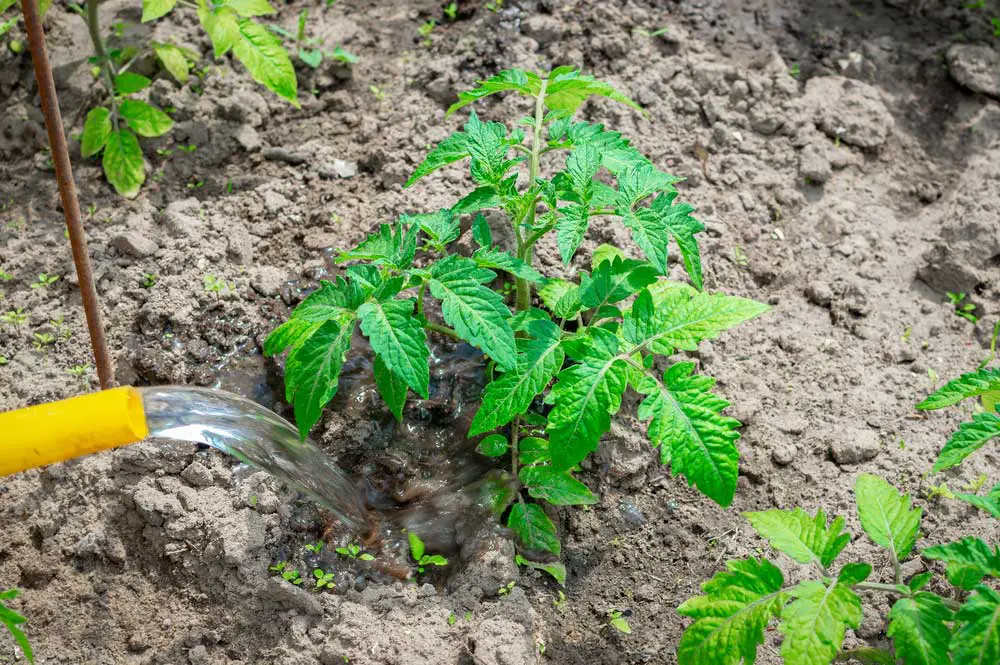
Tip #1: Maintaining Consistent Soil Moisture
One of the most important things you can do to prevent blossom-end rot is to maintain consistent soil moisture. Inconsistent watering can cause the calcium in the soil to become unavailable to the plant, which can lead to blossom-end rot. To maintain consistent soil moisture, you should:
- Water your plants deeply and regularly, especially during hot and dry weather.
- Use a soaker hose or drip irrigation system to deliver water directly to the soil.
- Mulch around your plants to help retain moisture in the soil.
Tip #2: Applying Calcium to the Soil
Calcium is an essential nutrient for tomato plants, and a lack of calcium can lead to blossom-end rot. To ensure that your plants have enough calcium, you can:
- Add calcium to the soil before planting your tomatoes.
- Use a calcium-rich fertilizer.
- Apply a foliar spray of calcium to the leaves of your plants.
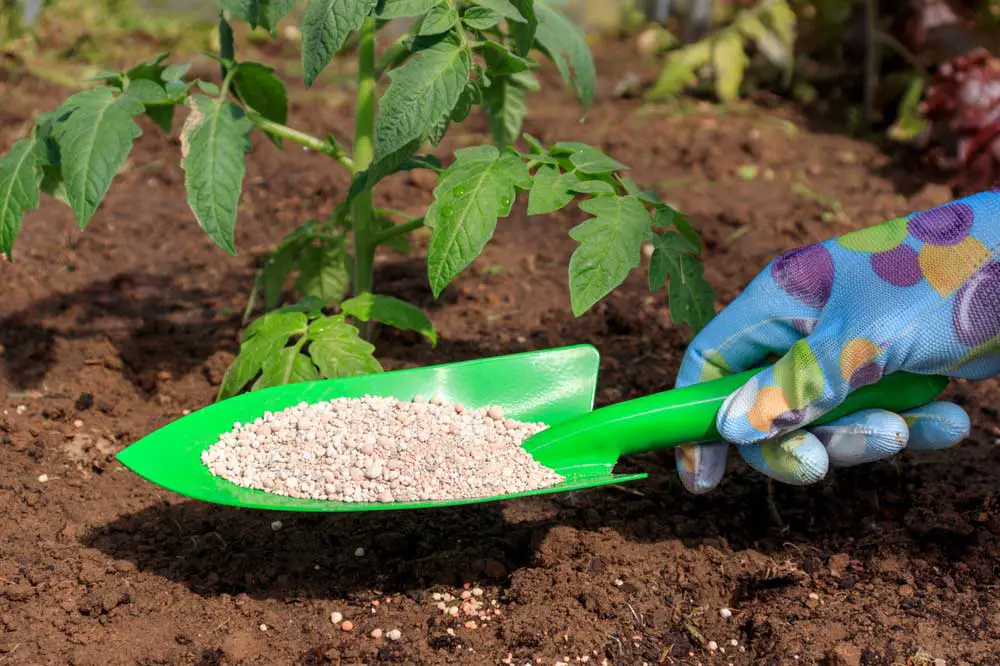
Tip #3: Choosing the Right Tomato Varieties
Some tomato varieties are more prone to blossom-end rot than others. When choosing tomato varieties to grow, look for those that are less susceptible to the disorder. Some good options include:
- Roma tomatoes
- San Marzano tomatoes
- Amish Paste tomatoes
Tip #4: Avoiding Overfertilization
Overfertilization can lead to an imbalance of nutrients in the soil, which can contribute to blossom-end rot. To avoid overfertilization, you should:
- Test your soil before planting to determine its nutrient content.
- Follow the recommended rates of fertilizer application for your soil type.
- Use a balanced fertilizer that contains equal amounts of nitrogen, phosphorus, and potassium.
By following these tips, you can prevent blossom-end rot in your tomato plants and enjoy a bountiful harvest of healthy, delicious tomatoes.
Identifying Blossom-End Rot
If you’re growing tomatoes, it’s important to know how to identify blossom-end rot. This condition causes the bottom of the tomato to develop a dark, leathery spot that can be up to half an inch wide.
The spot is usually sunken and can be black, brown, or gray in color. Here’s how to identify blossom-end rot:
- Look for a dark, leathery spot on the bottom of the tomato.
- The spot is usually sunken and can be up to half an inch wide.
- The spot can be black, brown, or gray in color.
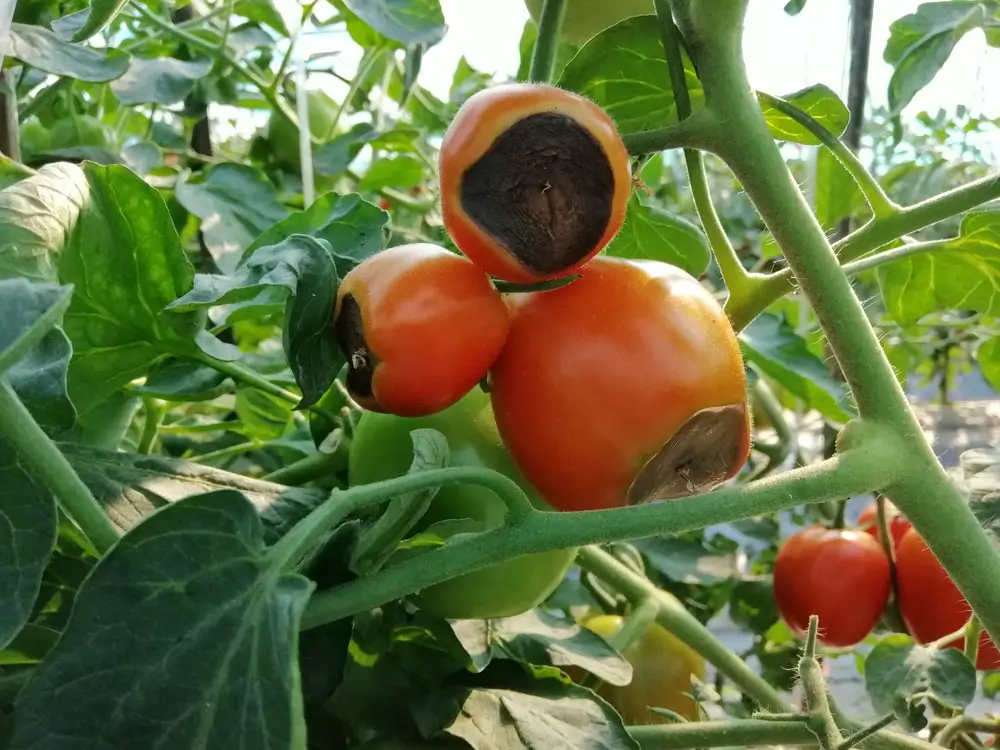
Blossom-end rot is caused by a calcium deficiency in the plant. This can be caused by a number of factors, including irregular watering, high humidity, and low soil pH. It’s important to identify the problem early so you can take steps to prevent it from spreading to other plants.
If you notice blossom-end rot on one of your tomatoes, you should remove the affected fruit as soon as possible. This will help prevent the problem from spreading to other tomatoes on the plant. You should also take steps to correct the underlying cause of the problem, such as adjusting your watering schedule or adding calcium to the soil.
In summary, identifying blossom-end rot is crucial if you want to keep your tomato plants healthy and productive. Look for a dark, leathery spot on the bottom of the tomato that is sunken and up to half an inch wide. If you notice this problem, remove the affected fruit and take steps to correct the underlying cause of the problem.
Treating Blossom-End Rot
If you notice your tomatoes have blossom-end rot, there are a few things you can do to try and save your crop.
- Remove Affected Tomatoes: If you see any tomatoes with blossom-end rot, remove them immediately. This will help prevent the rot from spreading to other tomatoes.
- Adjust Soil pH: Blossom-end rot can be caused by a calcium deficiency in the soil. Adjusting the soil pH to around 6.5 can help prevent this deficiency. You can use lime or sulfur to adjust the pH as needed.
- Add Calcium: Adding calcium to the soil can also help prevent blossom-end rot. You can use calcium nitrate or calcium chloride to add calcium to the soil. Be sure to follow the manufacturer’s instructions for application rates.
- Water Consistently: Inconsistent watering can also contribute to blossom-end rot. Be sure to water your tomatoes regularly to help prevent this issue.
- Mulch: Adding mulch around your tomato plants can help regulate soil moisture and temperature. This can help prevent blossom-end rot and other issues.
By taking these steps, you can help prevent and treat blossom-end rot in your tomato plants. Remember to monitor your plants regularly and take action as soon as you notice any issues.





